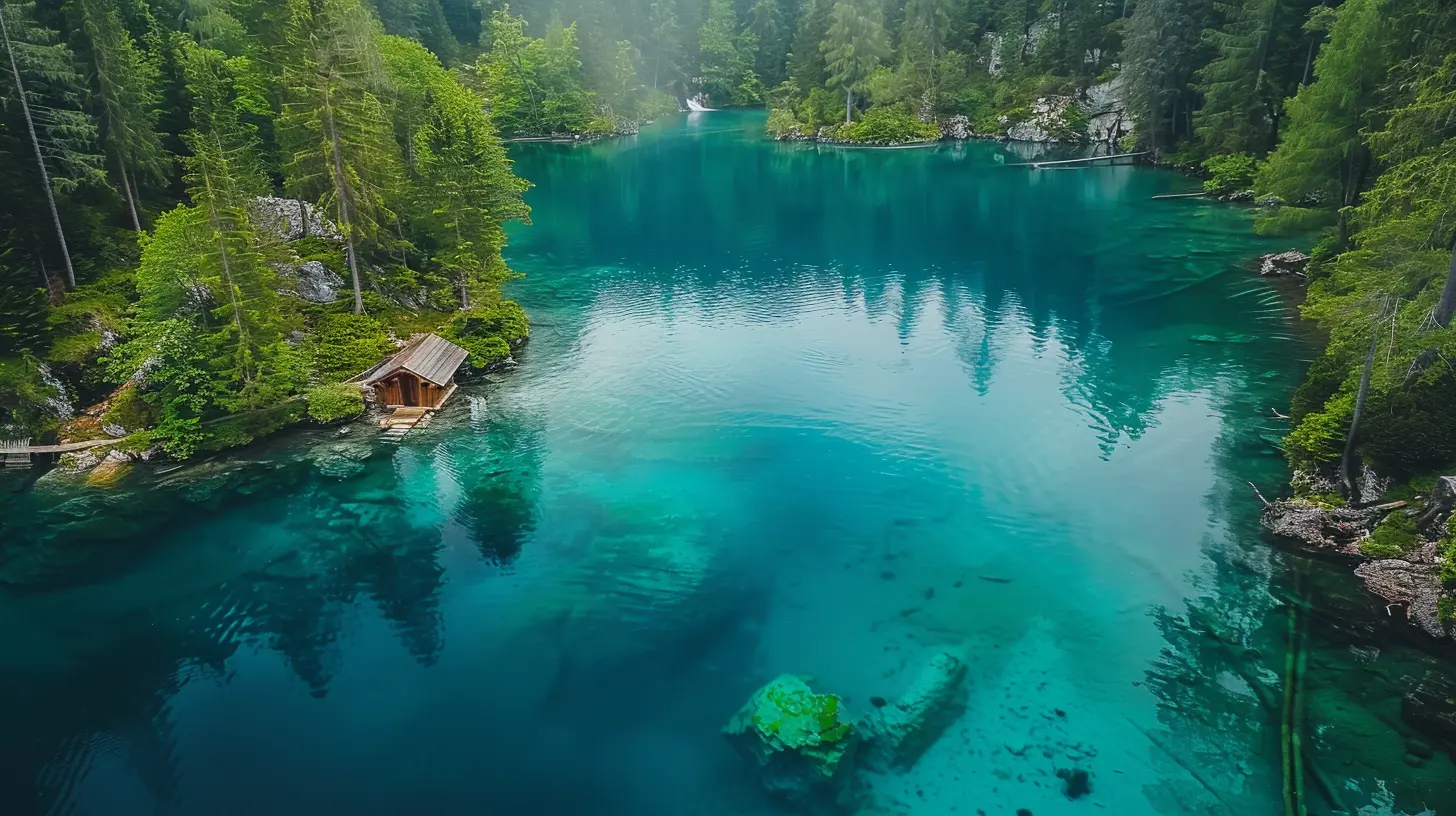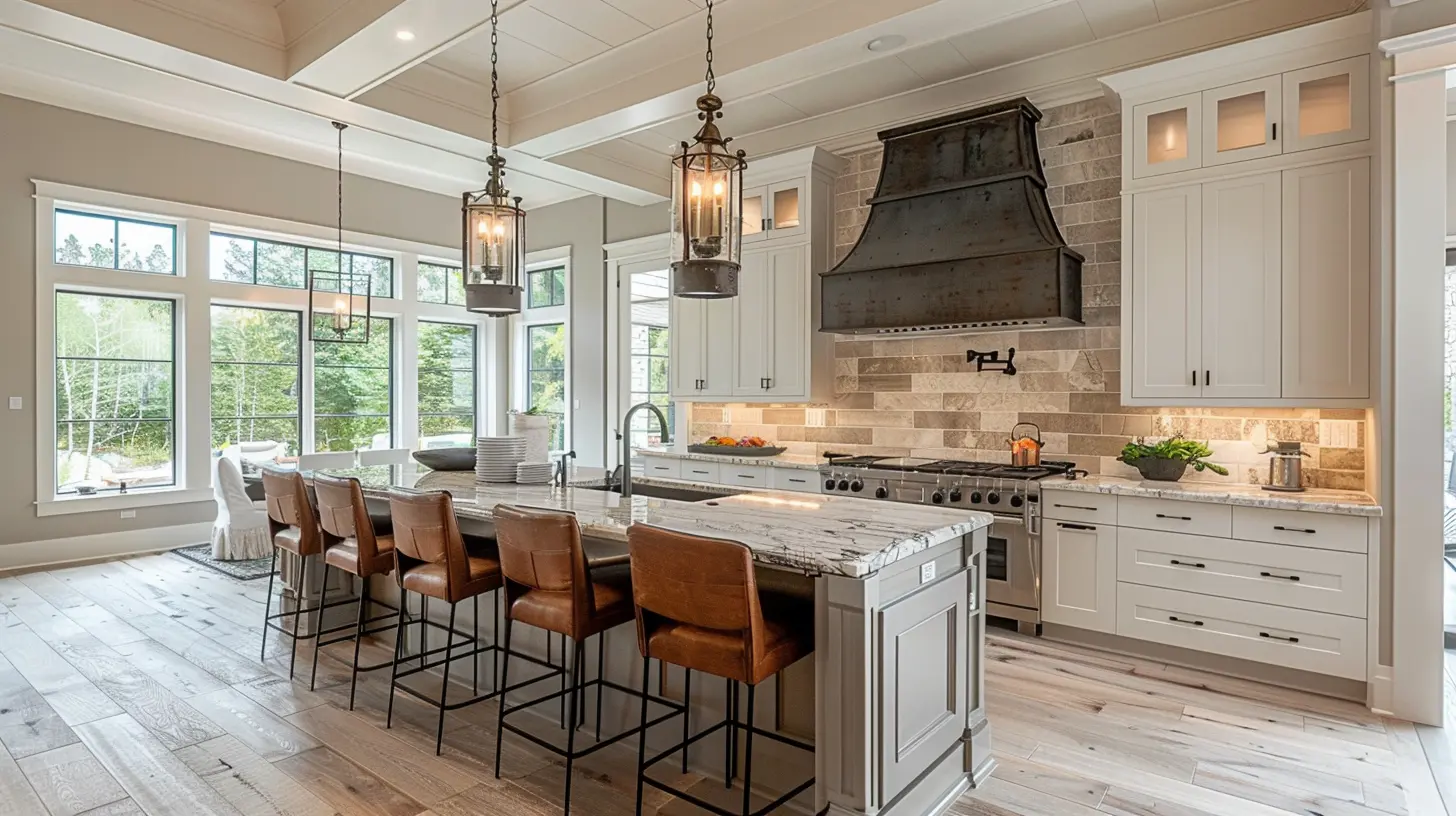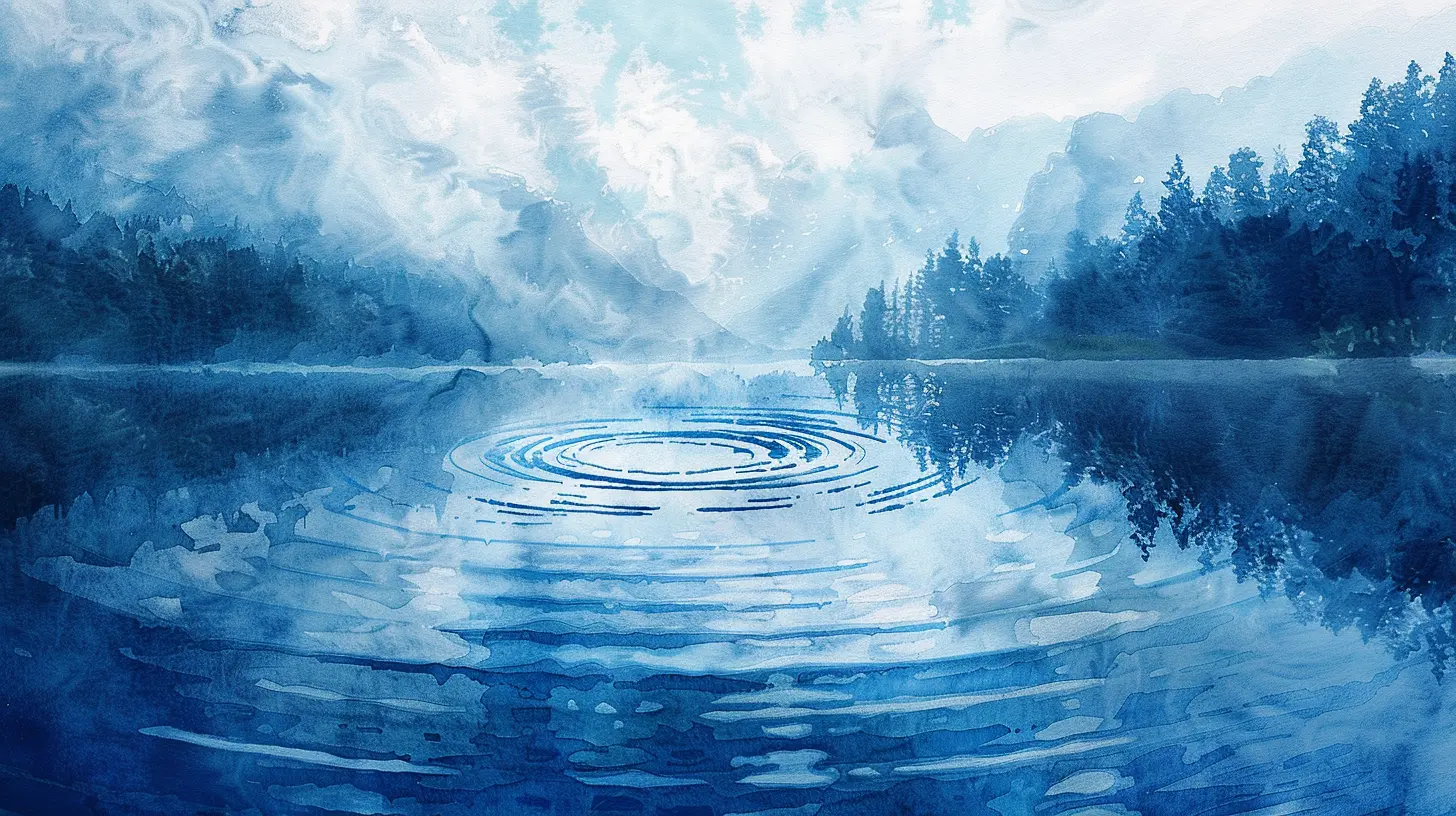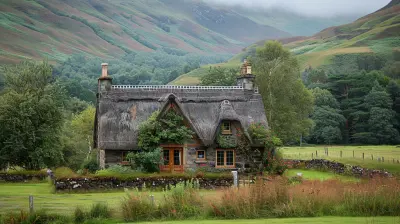The Allure of Alpine Lakes: Pristine Waters Await
24 November 2025
There’s just something magical about alpine lakes, isn’t there? Nestled high up in the mountains, tucked away between jagged peaks and ancient forests, these sparkling gems look like they’ve been plucked straight out of a fairytale. If you’ve ever stood on the edge of an alpine lake, you already know the feeling—the hush of the wind, the crystal-clear water, the reflection of towering mountains—it’s nature showing off in its most breathtaking way.
In this article, we’re diving deep (pun totally intended!) into the irresistible charm of alpine lakes. Why do they captivate travelers, hikers, and photographers alike? Whether you’re planning your next adventure or just dreaming about one, you’ll want to stick around. Let’s get into it!
What Makes Alpine Lakes So Special?
Alpine lakes are formed at high altitudes, usually above the tree line, and are often filled by glacial melt. That alone gives them a certain icy sparkle. But it’s more than just looks—these lakes are known for their untouched beauty, serene vibes, and the absolute sense of calm they offer. They’re nature’s mirrors, reflecting the sky like a watercolor painting.And let’s not forget the stunning hues—turquoise, teal, deep blue, even emerald—each lake has its own unique shade that can change with the season, sunlight, and surrounding rock minerals. It’s like they have moods!
The Science Behind the Beauty
Feeling curious? Here’s a little science for your soul. Alpine lakes get their clarity and color from mineral-rich glacial meltwater. As glaciers grind against rock, they create fine particles called “rock flour” that stay suspended in the water. When sunlight hits these tiny particles, the light scatters and—voilà—you get those unreal shades of blue and green.Plus, because these lakes are generally remote and higher up, there’s less pollution, fewer algae, and very minimal human interference. That combo gives us picture-perfect clarity and pristine waters that feel like they belong on another planet.
Top Alpine Lakes Around the World
So, where should you be pointing those hiking boots next? Here are some of the most iconic alpine lakes that are guaranteed to steal your breath away:1. Lake Louise, Canada
Ah, Lake Louise—the poster child for alpine beauty. Nestled in Banff National Park, she’s known for her glassy turquoise waters surrounded by dramatic peaks and a glacier in the backdrop. You can canoe across in summer or skate on it in winter. Can it get any better?2. Lake Bled, Slovenia
Okay, technically not super high in elevation, but it has that alpine charm. The island church in the middle of the lake, surrounded by the Julian Alps? It’s straight out of a postcard.3. Lake Tahoe, USA
Right on the border of California and Nevada, Lake Tahoe offers crystal-clear water and that classic alpine lake vibe. Come for the hiking, stay for the sunset views over the mountains.4. Lago di Braies, Italy
Also known as Pragser Wildsee, this Italian gem in the Dolomites has a moody, romantic atmosphere. Wooden rowboats, forested slopes, and dramatic cliffs—it’s a photographer’s dream.5. Lake Tekapo, New Zealand
Sitting at the foot of the Southern Alps, this gem is famous for its intense blue color and fields of blooming lupins in spring. Oh, and the stargazing? Next level.
Unexpected Gems: Lesser-Known Alpine Lakes
Sure, the famous ones are stunning. But sometimes, the lesser-known lakes take your breath away in ways you didn’t expect. Here are a few off-the-beaten-path alpine lakes worth adding to your bucket list:- Ice Lake, Colorado, USA
Tucked in the San Juan Mountains, this lake glows with an electric blue that makes you do a double take. The hike is challenging, but the view? Worth every step.- Lac Blanc, France
Accessible via Chamonix, this lake is part of the incredible French Alps. Imagine Mont Blanc reflected in still, icy waters—yep, it’s that epic.- Joffre Lakes, Canada
A series of three stunning glacial lakes, each one more turquoise than the last. The trail is doable, and the final view is a jaw-dropper.The Perfect Combo: Hiking and Alpine Lakes
Let’s be real—half the fun of reaching an alpine lake is the journey getting there. Most are only accessible by hiking, which is great news for nature lovers and adventure seekers. The anticipation builds with every step, and when you finally catch that first glimpse through the trees? Magic.These hikes also filter out the crowds (most of the time), so you’re rewarded with both peace and panoramic views. It’s like nature's version of VIP access.
Want some sweet hiking-alpine lake pairings? Here's a quick list:
- Grindelwald to Bachalpsee, Switzerland – Short hike, dreamy reflections.
- Bariloche to Laguna Negra, Argentina – Moderate climb, total serenity.
- Hiking to Gosaulacke, Austria – Wooded paths leading to turquoise perfection.
When's the Best Time to Visit Alpine Lakes?
Honestly, there’s no bad time—but it all depends on what kind of experience you’re looking for.- Summer (June to August): This is prime time. Trails are clear, wildflowers are blooming, and the water is at its bluest. Bonus: swimming (if you’re brave enough)!
- Fall (September to October): Crisp air, golden larches, fewer people. It’s peaceful and perfect for photography.
- Winter (December to February): Lakes freeze over, snow blankets the peaks—it's a whole different vibe. Think snowshoeing, backcountry skiing, and serious solitude.
- Spring (April to May): Melting snow reveals awakening landscapes. Early hikes might be slushy, but the waterfalls are epic.
Tips for Visiting Alpine Lakes Responsibly
Let’s talk ethics for a sec. Alpine lakes are fragile ecosystems that deserve our utmost respect. Wanna leave only footprints and take only photos? Here’s how:- Stick to trails: Don’t trample the wildflowers or create new paths.
- Pack it in, pack it out: That leftover granola bar wrapper? Take it with you.
- Don’t swim unless it’s allowed: Some lakes are protected or sacred to local communities.
- Leave no trace: Simple rule. If you brought it, take it back.
Think of it this way—if nature were your grandma, she’d want you to behave and clean up your mess. Be cool.
Why We’re Drawn to Alpine Lakes
Now let’s get a little philosophical. Why do alpine lakes call to us, even when they’re far away and tough to reach?Maybe it’s the way they whisper tranquility at high altitudes. Maybe it’s that stunning contrast of icy water and rugged peaks. Or maybe it’s because they remind us that the best things in life often require a little work, a little sweat, a little adventure.
There’s something humbling about standing beside a lake that’s been fed by ancient glaciers, shaped by centuries of wind and time. It puts things in perspective, doesn’t it?
Capturing the Moment: Photography Tips
Can’t leave without snapping a photo? Totally get it. Alpine lakes practically beg to be Instagrammed. Here’s how to do them justice:- Use early morning or golden hour: The light is soft, shadows are long, and reflections are crisp.
- Include foreground: A rock, canoe, or wildflower adds depth.
- Use a polarizer: It cuts glare and boosts color saturation.
- Try long exposure: Smooth water + dramatic sky = wall-worthy shots.
But hey, don’t forget to put the camera down and just… enjoy. Sometimes, the best view is the one you hold in your mind.
Final Thoughts: Go Chasing Those Alpine Dreams
So, have we convinced you yet? The allure of alpine lakes is real—undeniable, irresistible, unforgettable. From their crystal-blue shimmer to the silence that surrounds them, these mountain jewels offer a kind of peace that’s hard to find elsewhere.Whether you're a seasoned trekker, a weekend wanderer, or someone just looking for a slice of serenity, alpine lakes offer a perfect escape. Go ahead—get lost in the beauty, breathe in the crisp air, dip your toes in the cool water (if you dare), and let yourself be wowed.
Because honestly? Pristine waters are calling. Will you answer?
all images in this post were generated using AI tools
Category:
Backcountry TravelAuthor:

Kelly Hall

